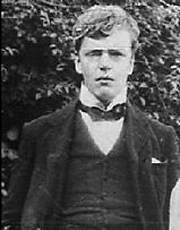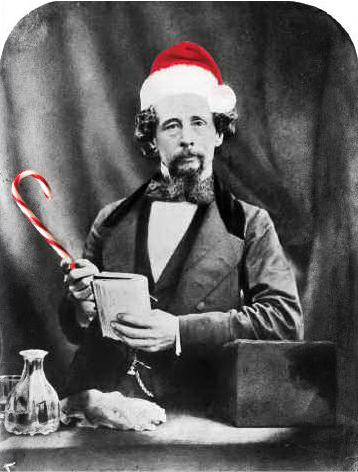G.K. CHESTERTON’S The Man Who Was Thursday begins with a sunset that resembles the end of the world and ends with a dawn that resembles the first in creation. The wild, impossible narrative that fills the middle is subtitled “A Nightmare,” an accurate description of this novel, which is simultaneously a detective story, social satire, thriller, and theological discussion on the nature of suffering and man’s quest for God. Published originally in 1908, it’s recently come out in an edition annotated by Martin Gardner for Ignatius Press, with Gardner’s notes a charmingly bibliophilistic addition of an arbitrary nature that Chesterton would undoubtedly have loved.
The Annotated Thursday
by G.K. Chesterton, annotated by Martin Gardner
(Ignatius Press, $14.95 paperback)
Gabriel Syme, the hero, is a young poet turned undercover policeman who manages to infiltrate a secret society of anarchists each named after a day of the week. (Hence the title.) The Executive Council, as villainous a cadre of decadent intellectuals and maddened bomb-throwers as can be imagined, has some obscure master plan to plunge the world into chaos, which Syme must thwart. The trouble is, as he progresses through a fantastic series of duels, chases, and detections, he begins to suspect that all of the other members may also be policemen who have infiltrated the organization. All, that is, except the monstrous Sunday, a charismatic titan who is seemingly involved in an elaborate game involving both police and anarchists. Discovering who, or what, Sunday is becomes the quest of the story, and the answer finally given is obscure in the most satisfying manner.
Chesterton is probably best known today for his Father Brown stories, a series of short mysteries in which a placid and seemingly mundane clergyman uses his powers of deductive reasoning to uncover criminal doings. But during his lifetime he was famous for a prodigious literary output, including novels, essays, short stories, plays, poetry, and a weekly publication of articles and short pieces. Even before his conversion to Catholicism in 1928, Chesterton was a preeminent Christian apologist and he remains one of the most quoted writers in the English language.
A jolly giant of a man, he threw all of his own enthusiasms along with his genius into this, his second novel, and the result is infectious. The surreal and the romantic meet perfectly in this book, making it a favorite of such diverse writers as C.S. Lewis, Kafka, Kingsley Amis, and Borges, not to mention such talents as Orson Welles, who adapted it for radio and long wanted to produce a filmed version. Although Chesterton’s cakes-and-ale conviviality can began to pall after awhile, there’s an undercurrent of unresolved nightmare that subsequent explanations in the book never quite manage to dispel.
Its greatest appeal is as a healthy antidote to the fin de si裬e mood of the 1890s, a mood uncannily familiar to us 100 years later, with its decadent artists, hints of conspiracy, and general belief that the forces of chaos and entropy were unstoppable. Chesterton, like many of his Edwardian counterparts, found such morose musings unbearable, not because of the horror they revealed, but because of their melodramatic posing. This handsome edition also contains several of Chesterton’s winsome cartoons in the manner of Edward Lear, as well as a scholarly but very readable introductory essay in which Gardner discusses the philosophical underpinnings of what is one of the strangest, yet delightful, romps ever published.








